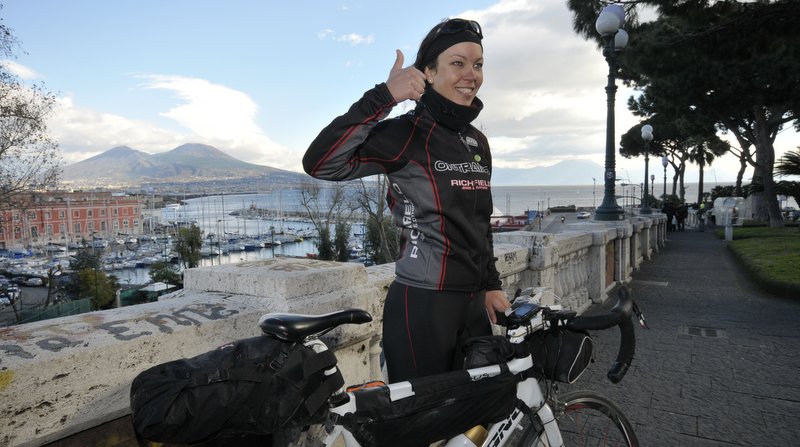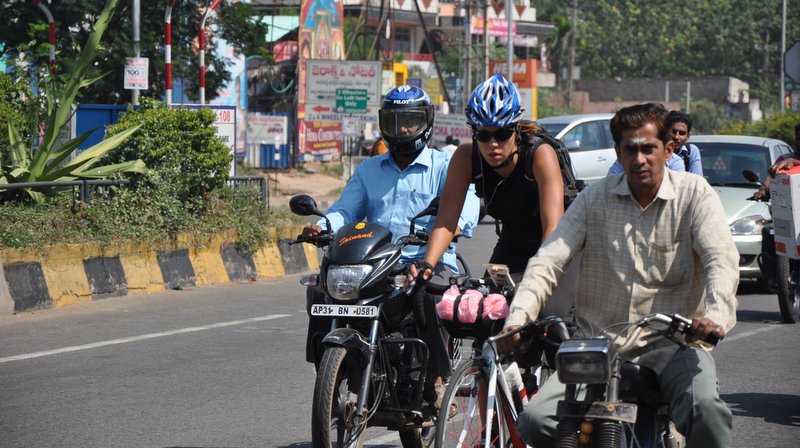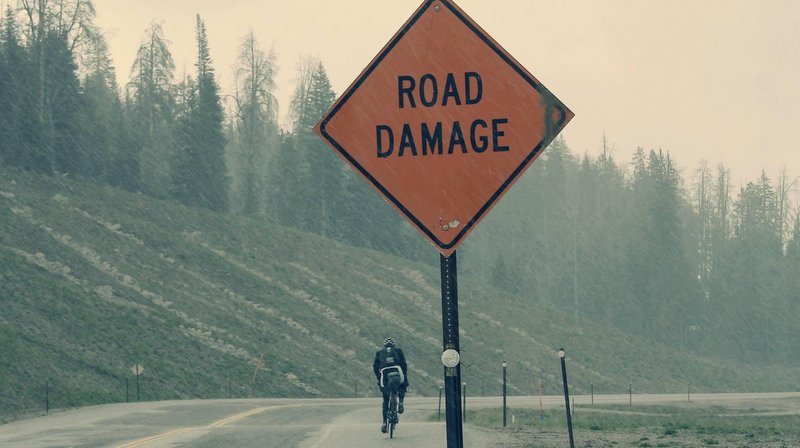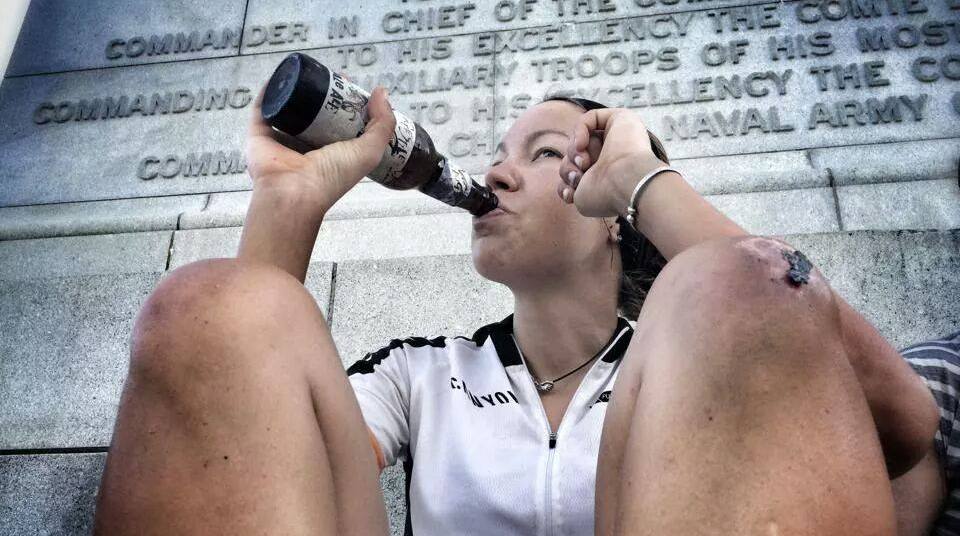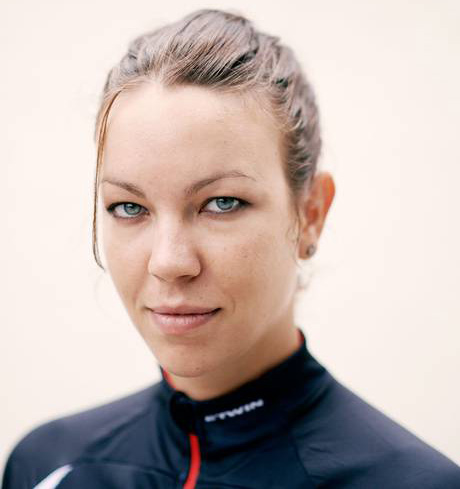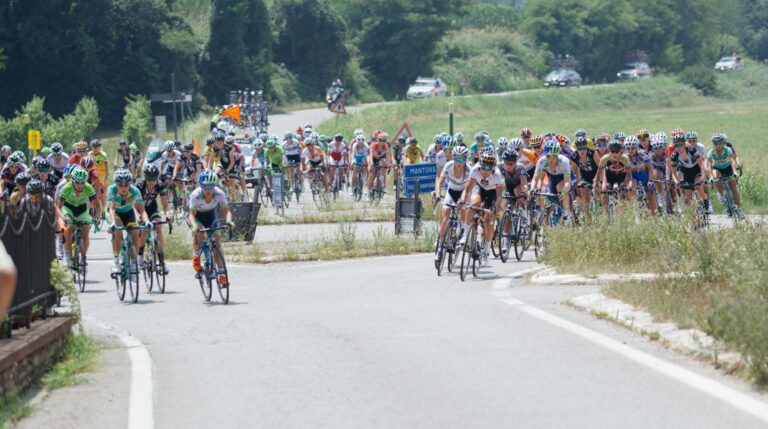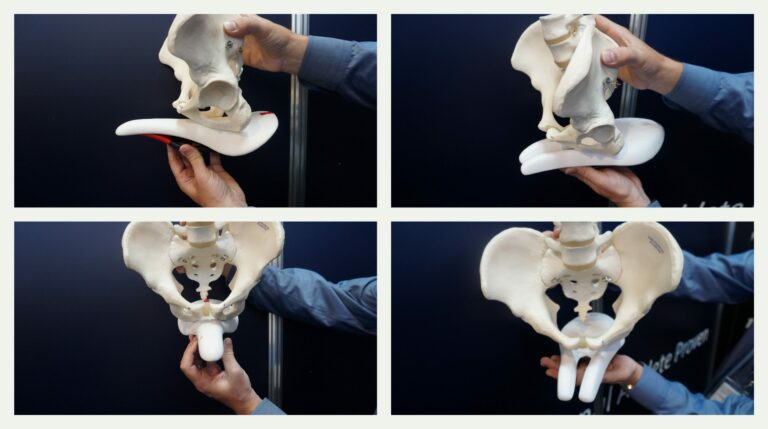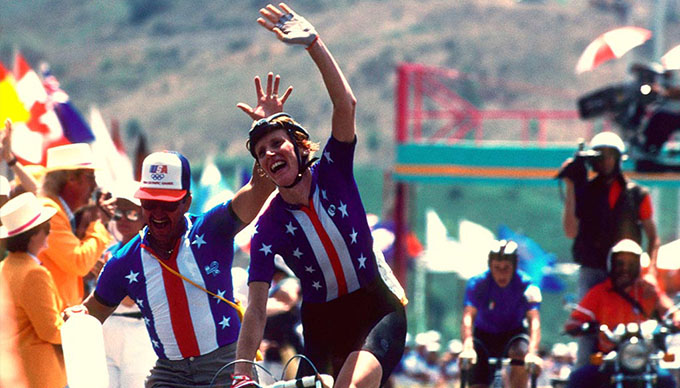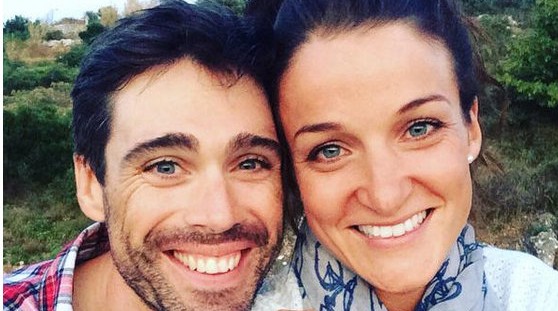No matter which way you look at it Juliana Buhring is an amazing woman. Arguably the world’s strongest female ultra-endurance cyclist, she had never really ridden a bike until the age of 30.
Not one to do things by half measures, Buhring decided she would not only take up cycling but take on a challenge no other woman had tackled before – the Guinness world record for the fastest circumnavigation by bicycle. The same year she set off the ‘wrong way around’ the world, into a headwind, unsupported and without a sponsor, to cycle a gruelling 29,070km (18,063.22 miles) in just 152 days – a record which still stands unbeaten.
Celebrating sisterhood: Cycling’s Most Inspirational Women
Buhring is now on the verge of a major deadline for her second book, about her round the world ride, due out in August, published by Little Brown. The first, Not Without My Sister, she co-authored with two of her sisters about their childhood in and eventual escape from infamous Christian fundamentalist cult, the Children of God.
I first met Juliana on the eve of the inaugural TransContinental Race (London-Istanbul) in 2013, at the event launch in Look Mum No Hands in East London.
Rather in awe of her, I asked: “You must be really tough?” Her response was typically understated: “I just don’t like to give up.”
The only woman in that 31-strong race from London to Istanbul, Buhring came in at a highly respectable ninth place, completing the ride in 12 days.
When we catch up on Skype, from her home in Italy, Buhring talks about the ability to push herself long after others would have given up, her future ultra-endurance plans, and finding that elusive sponsor.
“I really did just wake up one day and think: ‘I’m going to cycle around the world’. Then I was like: ‘What do I need in order to achieve this goal? Probably I need to start out and cycle!’”
“When I was, like, six I pottered around a courtyard… I think I had training wheels, but I had never actually cycled properly.”
So why start with the biggest challenge of all – to cycle around the world? A friend had suggested they ride across Canada. She thought: why stop at Canada, why not cycle around the world?

